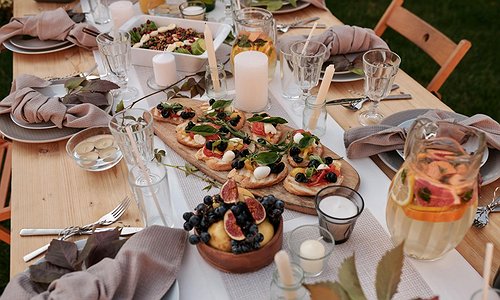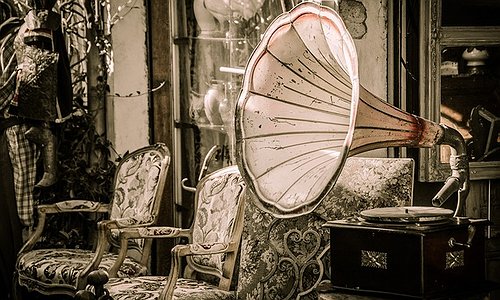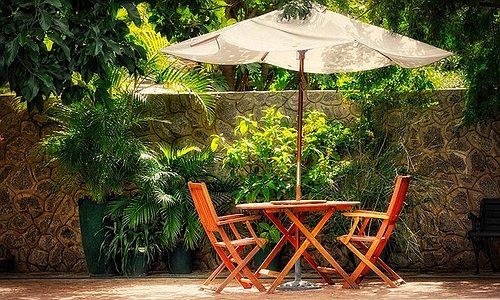How the Karoo became South Africa's luxury escape

Across the Karoo, a quiet luxury movement is taking hold. From forgotten railway sidings to remote dorpies, boutique accommodations are emerging, offering minimalist architecture in immersive nature experiences, and an unexpected kind of indulgence: silence, space, and solitude.
A new rural aesthetic
This is not luxury in the traditional five-star sense. There are no sprawling resorts or gold-plated faucets. Instead, what’s on offer is a refined simplicity - spaces that draw on the textures of the Karoo itself: stone, clay, sky, and scrub.
Boutique lodges and guesthouses are converting old farmhouses, Victorian buildings, and corrugated-iron outbuildings into carefully designed sanctuaries. Interiors blend Scandinavian minimalism with African craft. Outdoor showers open to endless horizons. Pools reflect the Karoo’s famously big skies. The experience is deeply place-based, designed to highlight rather than escape the surrounding landscape.
What’s attracting travellers is not just style, but a sense of authentic escape. In a world increasingly saturated by screen time and city stress, the Karoo offers a rare kind of detachment. With limited cell signal and skies streaked with stars, the luxury here is found in stillness.
Who’s booking?
This rise in desert chic is drawing a new demographic to the Karoo, travellers who might previously have headed for Stellenbosch wine farms or coastal retreats. Many are urban professionals, both local and international, seeking “off-grid” experiences without sacrificing comfort or design. Others are eco-conscious tourists, drawn by sustainability and slowness.
The post-pandemic boom in slow travel has only accelerated this trend. Travelers are staying longer, spending more per night, and choosing places where they can disconnect deeply. Instead of passing through the Karoo on the way to somewhere else, they’re making it the destination.
Redefining rural tourism
For decades, tourism in the Karoo revolved around heritage towns, roadside farm stalls, and basic B&Bs catering to overland traffic. The boutique boom is changing that dynamic by encouraging longer stays, higher-value tourism, and a new narrative around rural living.
This shift has knock-on effects. High-end establishments often hire local artisans and tradespeople to refurbish spaces, commission local food producers for seasonal menus, and offer employment and training to residents in hospitality roles. In many cases, these are small-scale, owner-run ventures—meaning profits tend to stay in the local economy. At the same time, there’s increasing focus on environmentally conscious design. Many of these boutique lodges run on solar power, use rainwater harvesting, and work to restore surrounding vegetation, making them part of a wider sustainability movement within the Karoo landscape economy.
Looking ahead
The Karoo’s boutique boom is still young, but it reflects a broader trend in global travel: the turn toward remote, experience-driven destinations. As climate concerns rise and travellers grow more discerning, regions like the Karoo, with its deep sense of place and untapped potential, stand to gain. The future of tourism here may not lie in mass appeal, but in carefully scaled, locally grounded hospitality that redefines what luxury means: not opulence, but presence. Not more, but meaning.




